| The shoulder muscles are like wings – they give you the ability to reach and soar. But how many sets and reps of body-weight shoulder exercises should you do for optimal results?
Many people struggle with this question, especially when it comes to building strength. There’s no one-size-fits-all answer – it depends on your body type, goals, and fitness level. However, some tried-and-true techniques can help you get the most out of your workouts. Symbolically speaking, shoulders represent a sense of power and control in our lives. Through proper training and exercise, we can use them to gain excellent stability and balance in our lives – both physically and mentally. So let’s look at how many sets and reps of bodyweight shoulder exercises you should do for optimal results!
Table of Contents
show
Bodyweight Shoulder ExercisesRegarding bodyweight shoulder exercises, there are many options to choose from. Bodyweight exercises are an excellent way to build mass, prevent injury, or improve overall shoulder health. From bodybuilding and men’s health exercises to beginner-friendly no, equipment workouts, there’s something for everyone. To reap the full benefits of these exercises, it’s essential to understand their importance in sets and reps. But before delving into the specifics of how many sets and reps you should do for optimal results, let’s take a look at what types of bodyweight shoulder exercises men’s health professionals recommend. Popular choices include push-ups, plank variations, tricep dips, and shoulder shrugs. With these movements alone, you can make great strides in strengthening your shoulders. However, if you’re looking for more complex variations with added resistance bands or dumbbells, that’s something you can explore too! No matter what type of bodyweight shoulder exercise you choose, understanding the importance of sets and reps is vital. So let’s dive deeper into this topic… The Importance Of Sets And Reps In Shoulder TrainingDoing bodyweight shoulder exercises can be an effective way to build strength and stability in your shoulders. But to get the most out of them, you must understand the importance of sets and reps in shoulder training. Imagine yourself starting a bodyweight shoulder workout with a few simple movements. You complete one set with ten repetitions and then another 15 reps. After that, you move on to the next exercise. You feel confident you’re doing something good for your shoulders—but are you? The truth is different sets and reps will produce different results from bodyweight exercises for shoulders. For example, if you do too many reps with light weights, it’s unlikely that you’ll build much strength or muscle mass — even if you’re doing bodyweight shoulder exercises like pikes or shoulder presses. On the other hand, too few reps with heavier weights won’t give you enough time to fatigue your muscles for maximum benefit. That’s why it’s essential to find the right balance between lighter weights and higher reps for building power and strength through bodyweight exercises like shoulder presses or shrugs. Creating a balanced routine tailored to your fitness level is critical to getting the most out of your bodyweight shoulder workouts. With some experimentation and dedication, you can find what works best for building strength and muscular development in the safest way possible. And that’s just as important as finding optimal rep ranges when it comes time to start seeing results from all those hard-earned efforts! Optimal Rep Ranges For Building Muscle And StrengthFor building muscle and strength in the shoulders, it’s essential to understand how many sets and reps you should do for optimal results. Understanding the best rep range for your goals is vital whether you’re working with bodyweight exercises or weights at the gym.
For instance, with bodyweight exercises for shoulders and traps like push-ups or planks, performing 4-6 sets of 8-12 reps will help build strength and size. But if you’re looking to focus on bodyweight exercises for arms and shoulders, such as tricep dips or shoulder shrugs, then 3-4 sets of 12-15 reps can help add definition to your muscles. Meanwhile, when it comes to chest and shoulder bodyweight exercises such as incline press-ups or alternating shoulder taps, a combination of higher reps (15-20) and lower weight can help widen your frame while toning your upper body. All these parameters are essential when selecting the best chest workout bodyweight routine that works for you. And remember your bodyweight shoulder exercises like pull-ups or chin-ups, which can often be overlooked yet yield great results. No matter what kind of workout routine you’re doing – whether it’s weighted in a gym or just your body weight – understanding which rep ranges are best suited for each exercise will ensure that maximum gains are achieved quickly and safely. It’s time to put this knowledge into practice, so let’s dive into how many sets and reps we should perform for maximum results! How Many Sets And Reps To Perform For Maximum ResultsIf you’re looking for a way to build solid and broad shoulders using your body weight, you’ve come to the right place. Working out with bodyweight exercises can be just as effective, if not more so, than traditional weightlifting. But how many sets and reps should you do for maximum results? The answer depends on your goals. If your goal is to increase muscle growth and strength, then aim for 3-5 sets of 8-12 reps. This range gives your muscles enough time under tension to stimulate growth while allowing enough recovery between sets. However, if your goal is endurance, go with 4-6 sets of 15-20 reps. This will help condition your muscles without pushing them too hard. In addition to these general guidelines, there are a few other essential bodyweight exercises that you should consider adding to your routine to maximize shoulder development and strength. Bodyweight chest and shoulder workouts like pushups, dips, pullups/chin-ups, and rows are all practical exercises that target the shoulders specifically. You can also add single-arm exercises such as single-arm presses or lateral raises to focus on the smaller stabilizer muscles in the shoulder area for more excellent detail work. Finally, some great activities for the upper traps include reverse flys or upright rows – both of which can be done using either weights or just body weight, depending on the available equipment. These are just a few examples of bodyweight exercises that will help build strong and broad shoulders – but remember, it’s always important to listen to your body and understand when it’s time for rest or modification! With this advice in mind, we can move on to learning about different bodyweight exercises for shoulder strength and endurance… Bodyweight Exercises For Shoulder Strength And EnduranceBodyweight exercises offer a great way to build strength and endurance in your shoulders. By using bodyweight exercises, you can target all the muscles around your shoulder and create a robust and balanced foundation for any other type of exercise. With these easy bodyweight exercises, you can build up strength and size in your shoulders regardless of your fitness level.
The best bodyweight exercises for big shoulders focus on working simultaneously for all the major muscle groups. For example, burpees are an effective exercise that works both your chest and back muscles and your arm and shoulder muscles. Best beginner shoulder exercises, such as lateral raises or bent-over rows, also help you build strength while focusing on specific shoulder areas. These bodyweights back and shoulder exercises will help you get the most out of your workouts by allowing you to strengthen the muscles in your shoulders while also targeting other areas of the body simultaneously. With these easy-to-follow bodyweight exercises for broad shoulders or rounded shoulders, you can make sure that you’re always getting a complete workout – no matter what fitness level you’re starting from! So get ready to take advantage of all these simple bodyweight exercises for your shoulders and start seeing results today! Incorporating Bodyweight Shoulder Exercises Into Your Workout RoutineBuilding up your shoulders and chest with bodyweight exercises has never been easier! It’s the perfect way to get a full-body workout without relying on heavy weights or expensive machines. Plus, you can do it anywhere! Simple exercises can build strength, endurance, and stability from home. Here are some tips for incorporating bodyweight shoulder exercises into your routine: 1) Start with simple push-ups and planks to engage your core and build your chest muscles. 2) Incorporate moves like reverse flies and lateral raises to target the smaller muscles in your shoulders. 3) Try adding resistance bands or weighted objects such as water bottles to add an extra challenge to your workouts. 4) Finally, focus on form over speed to maximize results and minimize injury risk. By gradually adding more challenging exercises into your routine, you can ensure that you’re challenging yourself while remaining safe and injury-free. You can start by doing sets of 10-15 reps of each exercise, then work up to higher reps as you become stronger. Remember that consistency is vital when making progress—so don’t give up if you don’t see immediate results! With a bit of dedication, you can make huge gains with bodyweight shoulder exercises alone. As you progress in difficulty, proper form will be even more important! Progressing The Difficulty Of Bodyweight Shoulder ExercisesProgressing the difficulty of bodyweight shoulder exercises is vital to achieving optimal results. As you start incorporating bodyweight exercises into your chest and shoulder workouts, you must understand how to challenge yourself appropriately. As you become stronger, you’ll have to adjust the intensity of your exercises to continue seeing progress.
You should also try more advanced bodybuilding shoulder exercises like military presses, front and side raises, or using resistance bands for an extra challenge. Finding the best combination of these bodyweight exercises for bigger shoulders will help you get the most out of your workouts. Getting good at these different movements is essential for targeting specific areas of your shoulders and arms. You can also use supersets and drop sets to add more difficulty to your routine without adding heavier weights. And remember, rest! Not only does it help with recovery, but it gives you a much-needed mental break from training so that you can come back energized and ready to push yourself further than before. The role of rest and recovery in shoulder training is just as important as the actual reps themselves! The Role Of Rest And Recovery In Shoulder TrainingRest and recovery are essential components of shoulder training, and when done correctly, they can be a powerful tool to maximize your bodyweight shoulder exercises. Exaggerating just a bit, rest and recovery can be the difference between so-so results or achieving massive gains that will noticeably transform your physique! To make sure you’re doing it right, here’s a quick list to keep in mind:
Regarding building solid and muscular shoulders with bodyweight workouts, rest and recovery are crucial for success – more important than the exercises themselves! With sufficient rest periods, your muscles will have the time to rebuild and become stronger from the workout sessions. So whether you’re looking for big shoulders and traps through bodyweight chest shoulder tricep workouts or trying to build up arms and back with bodyweight exercises daily routine, taking short breaks during exercise is essential for any serious lifter wanting the best possible results! The truth is that taking regular breaks helps immensely when it comes to achieving maximum gains from bodyweight exercises like best exercises for big shoulders and traps; bodyweight exercises for chest and arms; chest and triceps; arms and back; or even best exercises for big shoulders. Don’t forget that proper rest is just as important as all these great exercises if you want to get the most out of your bodyweight shoulder workout! Common Mistakes To Avoid When Doing Bodyweight Shoulder ExercisesBodyweight shoulder exercises are an effective way to develop strength and build broader shoulders. But if done incorrectly, these exercises can do more harm than good. It’s essential to be mindful of people’s common mistakes when doing bodyweight arm and shoulder exercises.
Overtraining can lead to muscle imbalances, joint pain, and injury. Give yourself two days of rest between weight-training sessions to maximize your performance and avoid damage. Another mistake is not using the correct form on what exercises build broad shoulders. You may be tempted to use momentum or swing your arms as you lift, but this will limit the effectiveness of the movements and put you at risk for injury. Make sure you maintain proper posture throughout the exercise and control each repetition slowly; this will ensure you get the most out of each move without putting undue strain on your body. TIP: Take a few minutes before beginning your workout routine to focus on form—this will help you stay safe while maximizing the benefits of bodyweight shoulder exercises for injury prevention. The Benefits Of Bodyweight Shoulder Exercises For Injury PreventionBodyweight shoulder exercises can be a game-changer when it comes to injury prevention. Not only will they help you build strength and stability in your shoulders, but they’ll also help keep your entire upper body safe from harm. From bodyweight chest exercises requiring no equipment to targeted arm and chest workouts, there are plenty of ways to use bodyweight exercises for arm strength and keeping your shoulders healthy. The best bodyweight exercises for the chest can vary depending on your desire. For the upper chest, push-ups are always a great option. For the lower chest, consider doing modified incline push-ups or decline press-ups. When it comes to the best bodyweight exercises for shoulders, try lateral raises, overhead presses, or reverse flies – all of which can be done with or without weights. You can also incorporate a back and shoulder workout into your routine that involves rows and other variations of pull-ups and chin-ups. No matter what kind of exercises you do, consistency is vital when it comes to injury prevention – so aim for at least five days a week of bodyweight exercises plus some rest days where you focus on light stretching or foam rolling. This way, you’ll get the most out of your daily workouts while giving yourself time to recover and prevent future injuries from happening. From working out every day to periodically mixing up your routine with new bodyweight exercises, there’s always something more you can do to protect yourself from harm while getting more robust in the process. Bodyweight Shoulder Exercises For Specific GoalsBodyweight shoulder exercises are an excellent way to target specific goals, whether it’s for injury prevention or strength and size gains. For example, if you have a shoulder injury and want to strengthen the area, bodyweight exercises are an ideal choice. On the other hand, if you’re looking to build your chest and shoulders with bodyweight exercises, several options can help you.
If you’re looking for an effective workout for your chest and shoulders, you should include a few key moves in your routine. This includes variations of push-ups, such as inclined push-ups and single-arm push-ups, as well as dips and pull-ups. All these bodyweight exercises can be done without additional equipment, which is excellent for building strength and muscle mass in the chest region. If you’re looking to get the most out of your bodyweight workouts, doing some of these exercises daily is a great way to get started. Not only will this help increase the intensity of your workouts, but it will also help build muscular endurance over time. So don’t be afraid to challenge yourself by doing more sets and reps regarding bodyweight shoulder exercises – it’s one of the best ways to reach your specific goals! Conclusion:Bodyweight shoulder exercises are a great way to build strength and reduce the risk of injury. With the right sets and reps, you can achieve maximum results in your training. For muscle building, aim for three sets of 8-12 reps with a rest period of 60-90 seconds between sets. For strength building, aim for 4-6 sets of 1-5 reps with a rest period of 2-3 minutes between sets. Finally, to increase endurance, try doing higher reps (15+) with shorter rest periods (30-45 seconds). The key to getting the most out of your bodyweight shoulder exercises is to make sure you’re pushing yourself beyond your comfort zone – otherwise, you won’t see any progress. Avoid common mistakes like rushing through your reps or not taking enough rest time between sets. Don’t be afraid to push yourself! After all, there’s no better feeling than crushing that last rep and knowing that you pushed your body to its absolute limits – it’s truly an exhilarating experience! |
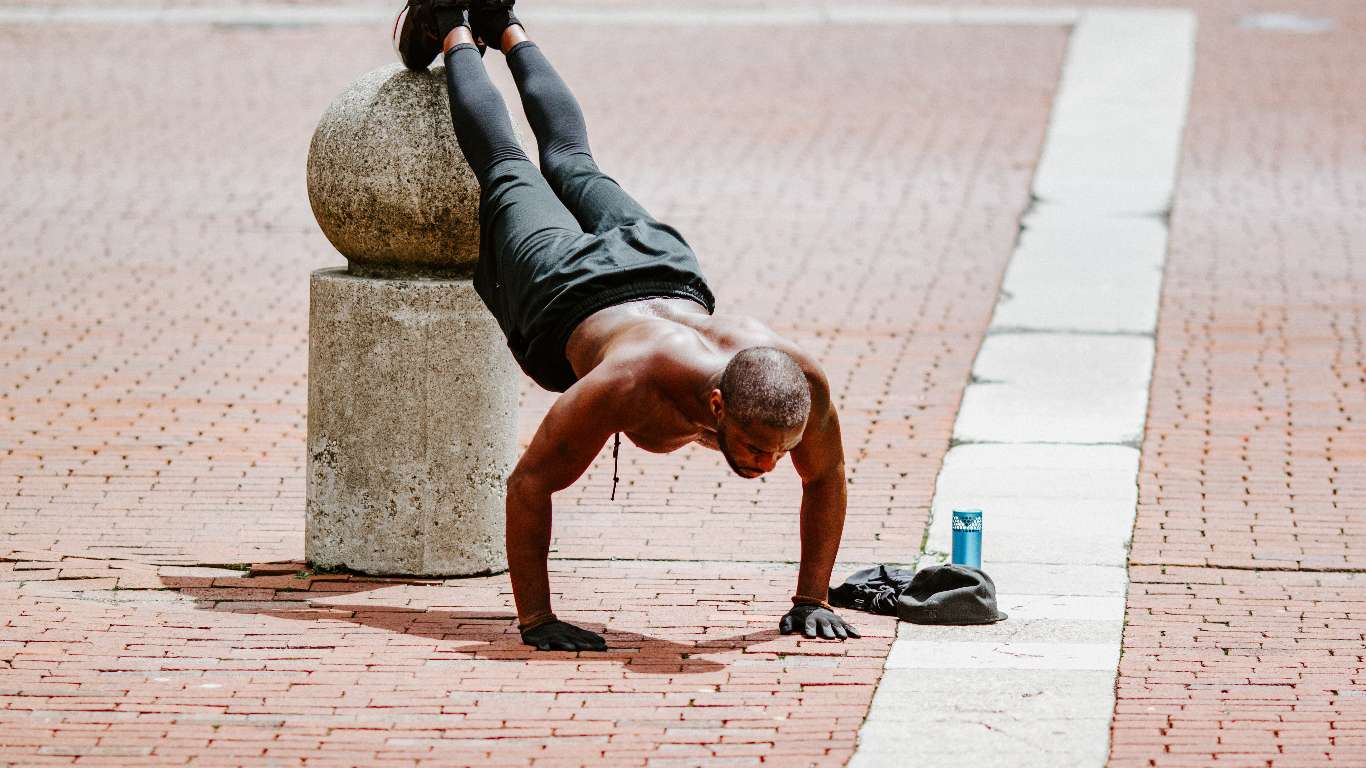
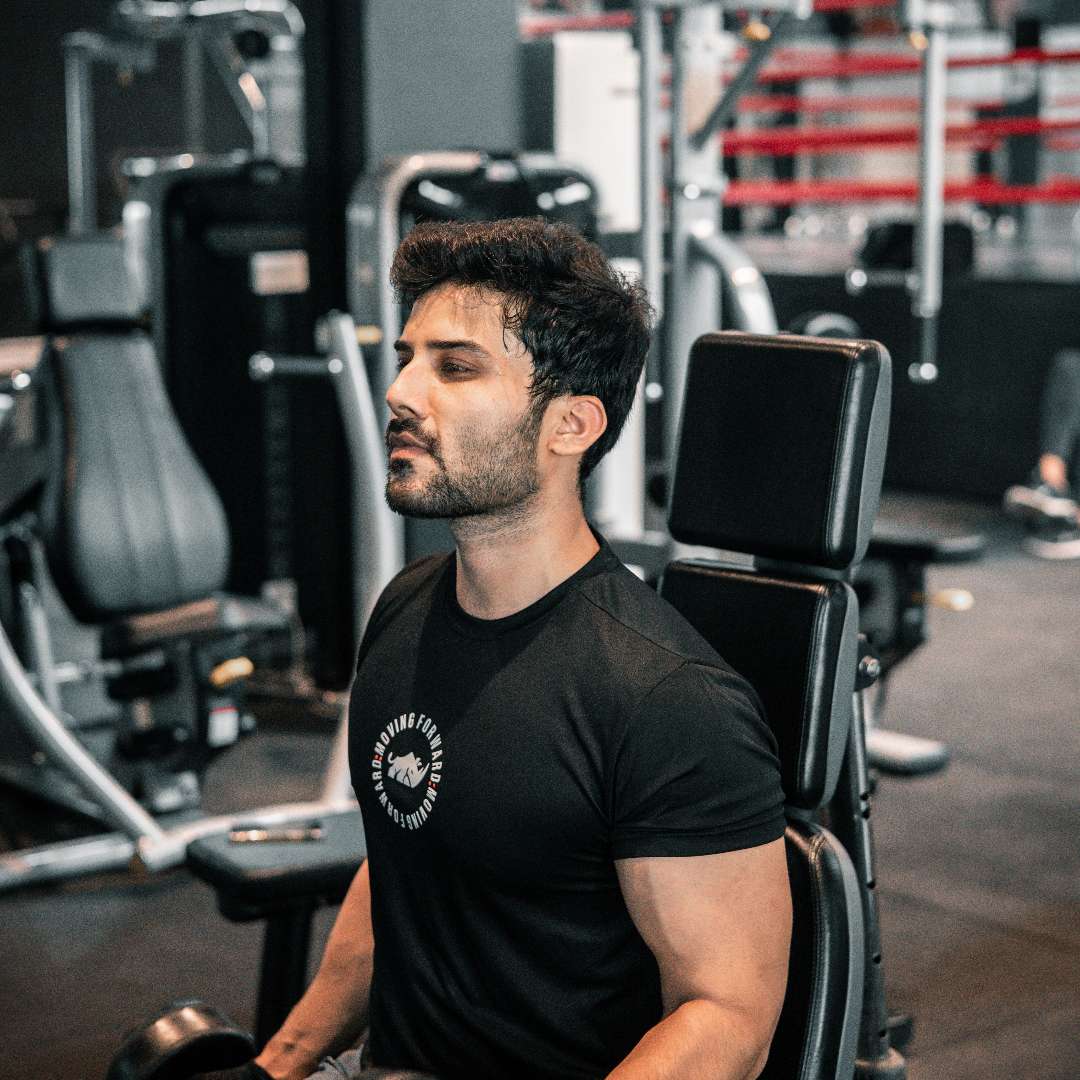 To get the most out of your bodyweight shoulder day, you’ll need to understand what type of reps will benefit you most.
To get the most out of your bodyweight shoulder day, you’ll need to understand what type of reps will benefit you most. 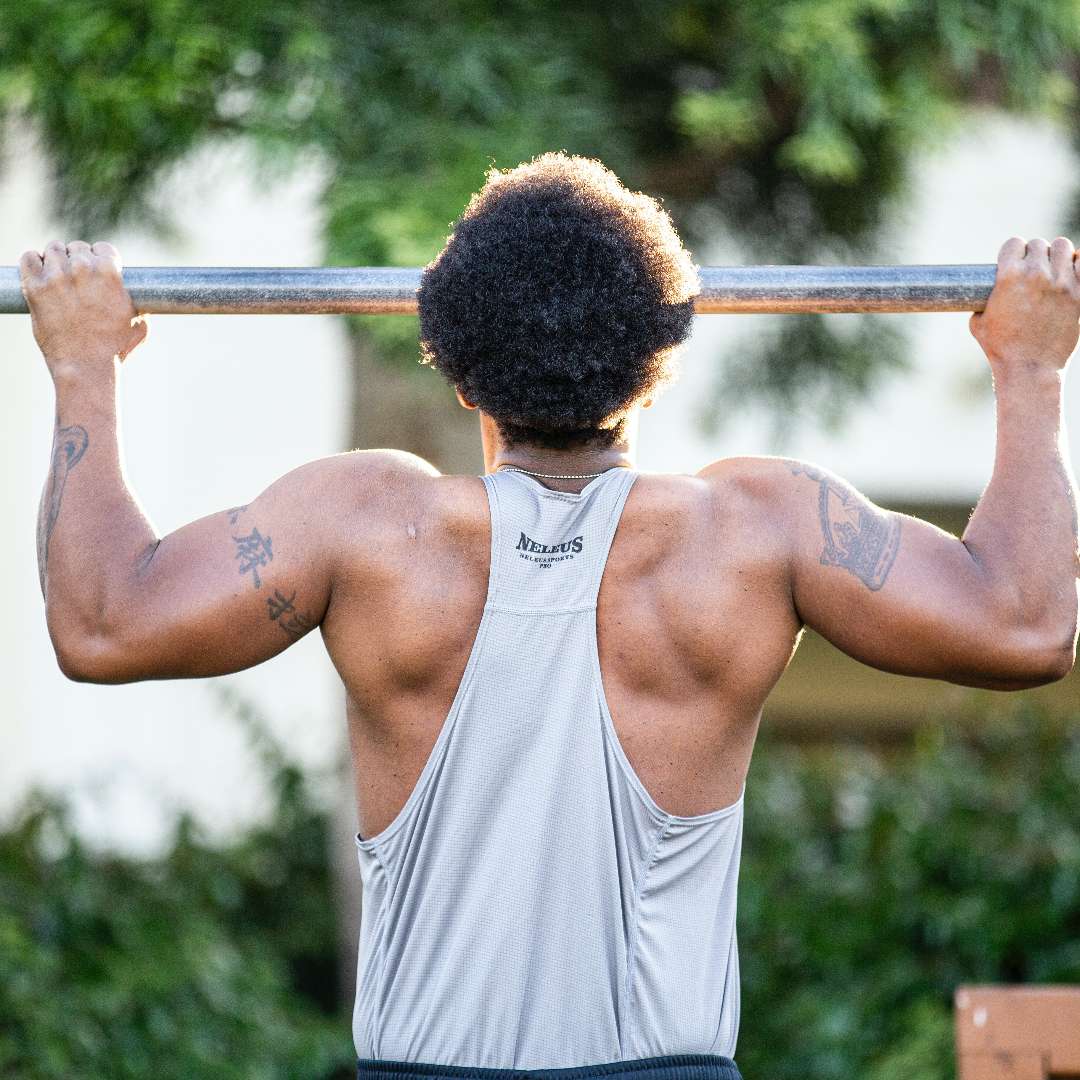 From simple bodyweight exercises for shoulders like press-ups, dips, and pull-ups to more complex variations like burpees or weighted exercises with dumbbells, there’s something for everyone when it comes to targeting the muscles in the shoulder area.
From simple bodyweight exercises for shoulders like press-ups, dips, and pull-ups to more complex variations like burpees or weighted exercises with dumbbells, there’s something for everyone when it comes to targeting the muscles in the shoulder area.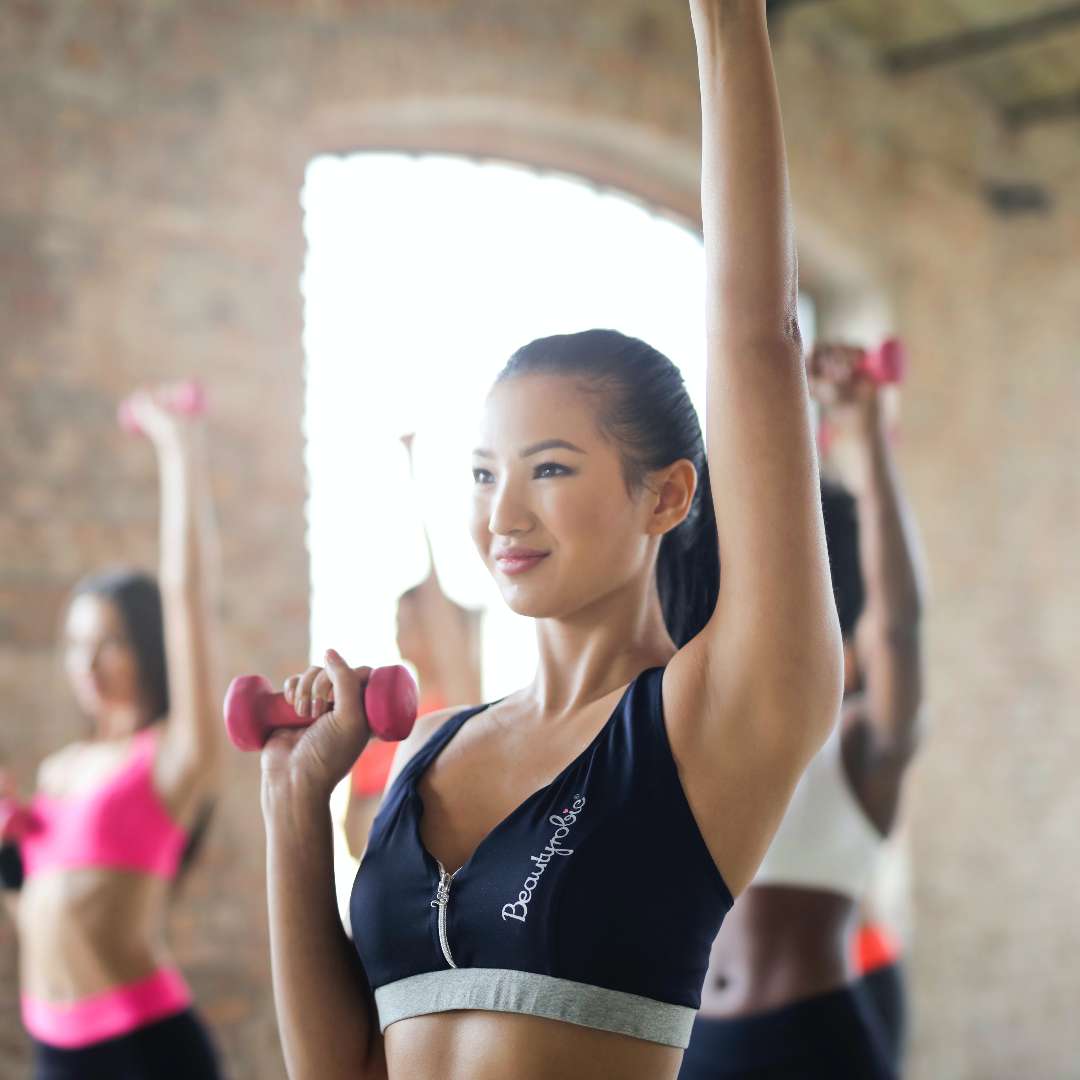 You can use many different bodyweight exercises to build bigger shoulders and arms. Push-ups, pull-ups, dips, lateral raises, and more have their place in a successful workout routine.
You can use many different bodyweight exercises to build bigger shoulders and arms. Push-ups, pull-ups, dips, lateral raises, and more have their place in a successful workout routine. 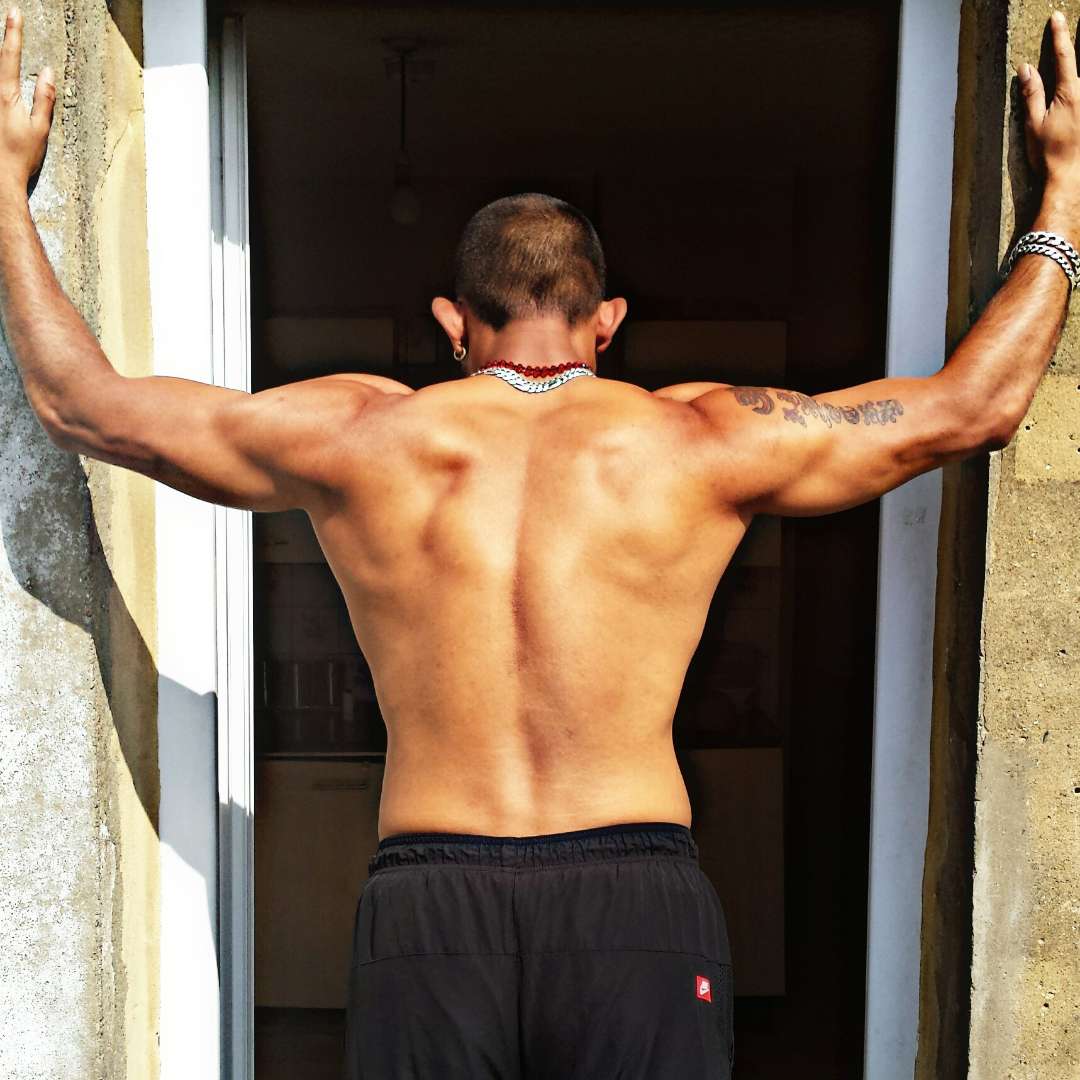 One critical mistake is not giving your muscles enough rest between workouts. Taking breaks is essential to allow your body to recover fully from the strain of weight exercises for broader shoulders.
One critical mistake is not giving your muscles enough rest between workouts. Taking breaks is essential to allow your body to recover fully from the strain of weight exercises for broader shoulders. 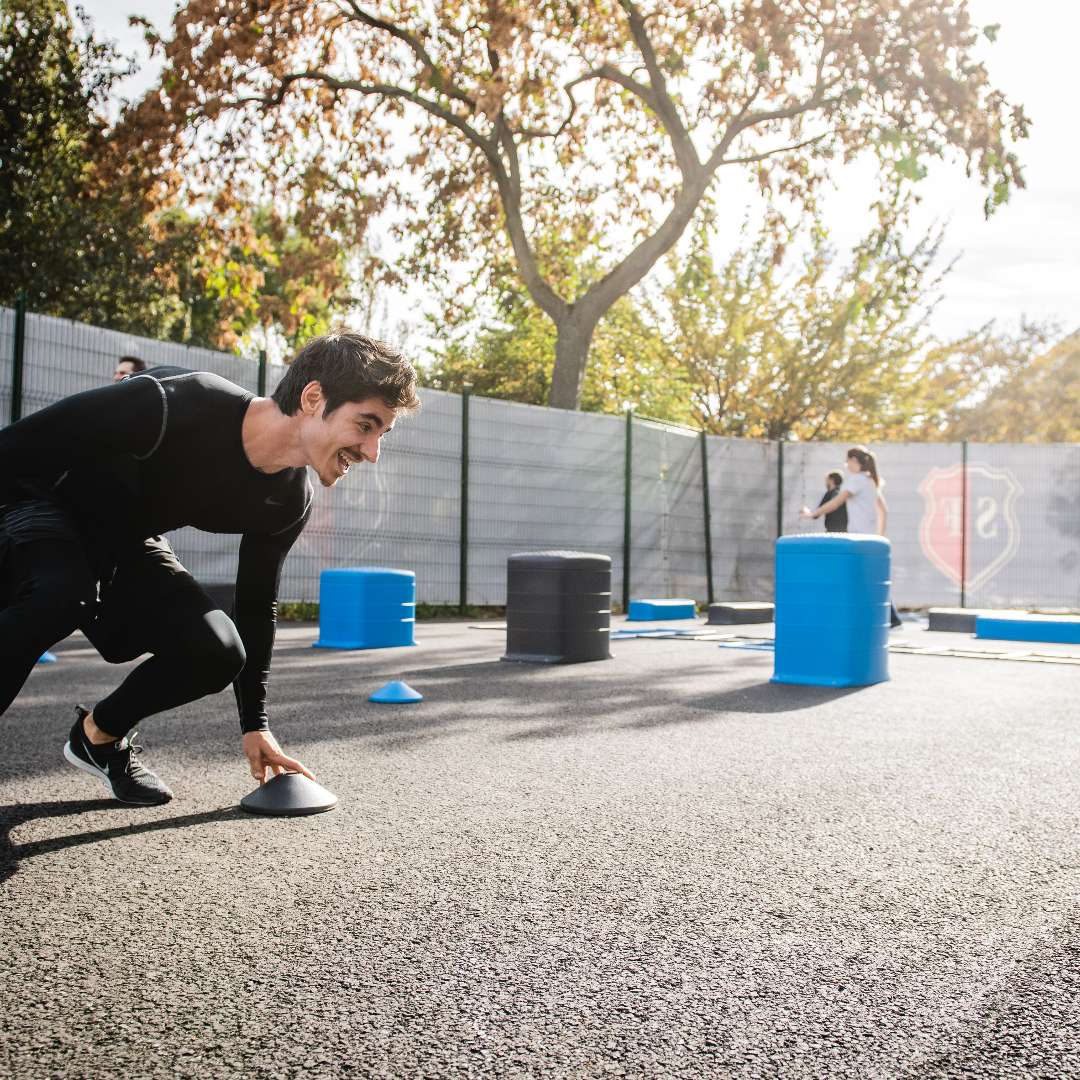 From bodyweight chest workouts without push-ups to weight training chest-shoulders-triceps routines, there is plenty of bodyweight exercises for different goals.
From bodyweight chest workouts without push-ups to weight training chest-shoulders-triceps routines, there is plenty of bodyweight exercises for different goals.